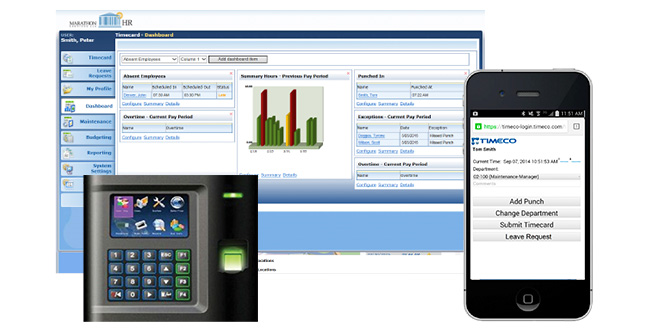Time. It’s how we spend the days, weeks, months and years of our lives personally and professionally. In the workplace, however, it is also necessary to record our time in order to be paid. Time tracking and recordkeeping is critical for business owners under the law. The U.S. Department of Labor has outlined requirements for recordkeeping under the Fair Labor Standards Act (FLSA).
For compliance purposes, there are several records the employers are required to keep for every non-exempt worker. How you keep those documents is up to you, but the FLSA stipulates that the records must include certain identifying information about the employee, the hours worked and the wages earned. This information must be accurate, according to the law. So, the onus is on the employer to track time in a way that is organized and correct.
The following is a listing of the basic records that an employer must maintain that is taken directly from Fact Sheet #21:
- Employee’s full name and social security number.
- Address, including zip code.
- Birth date, if younger than 19.
- Sex and occupation.
- Time and day of week when employee’s workweek begins.
- Hours worked each day.
- Total hours worked each workweek.
- Basis on which employee’s wages are paid (e.g., “$9 per hour”, “$440 a week”, “piecework”)
- Regular hourly pay rate.
- Total daily or weekly straight-time earnings.
- Total overtime earnings for the workweek.
- All additions to or deductions from the employee’s wages.
- Total wages paid each pay period.
- Date of payment and the pay period covered by the payment.
Payroll records should be kept for at least three years. Wage computation documents including time cards, work tickets, wage rate tables and schedules should be retained for two years. “These records must be open for inspection by the Division’s representatives, who may ask the employer to make extensions, computations, or transcriptions,” according to the Fact Sheet.
When it comes to timekeeping, employers may, again, use any system or method they’d like. Some examples include a time clock or employees tracking time on a form. The law doesn’t specify how time should be kept, but like records, it needs to be “complete and accurate”.
All of this brings us to Marathon HR’s preferred way to track and record time, which is using time clocks. Time clocks electronically record hours worked and simplify the payroll process. They eliminate the need for employees to complete time sheets. Data is preserved electronically so there is less paper to manage. (See our related article, “Paper, Paper Everywhere” in this newsletter.) Additionally, human error is reduced with comprehensive software and safeguards.

Biometric, web-based and mobile app time clocks are all options that Marathon HR supports for our clients. Our experience tells us that time clocks ease compliance with state and federal laws and streamline time and recordkeeping significantly. Is it time to talk clocks for your company? Call us at 678-208-2802.
